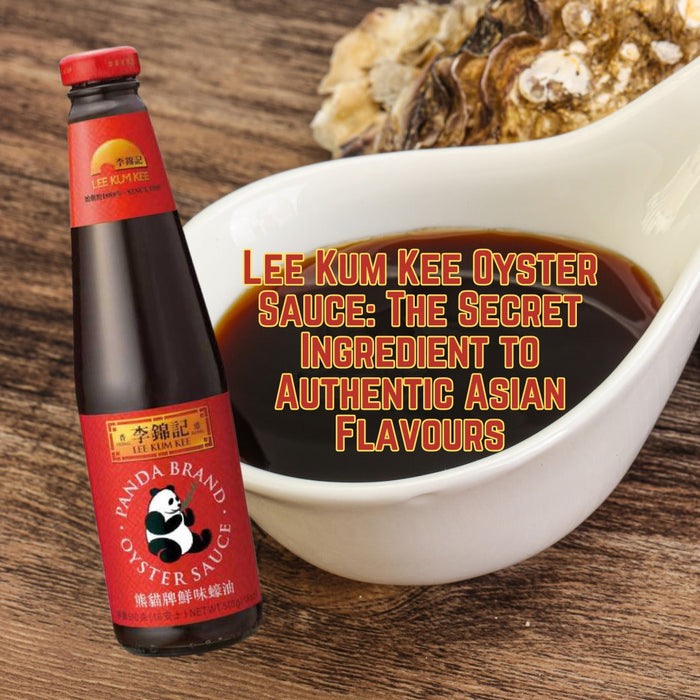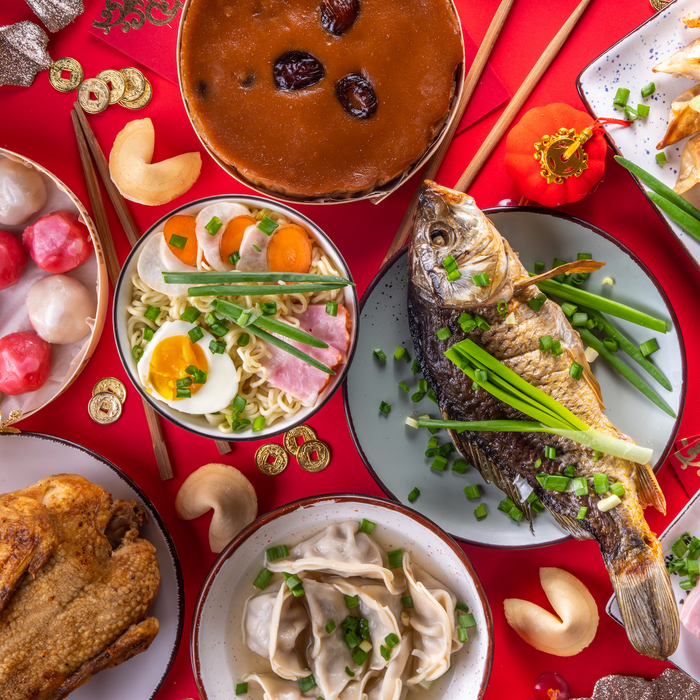The Chinese New Year, also known as the Spring Festival, is a time of joy, celebration, and rich cultural traditions. One of the culinary delights that have stood the test of time during this auspicious occasion is the Chinese New Year Cake, also known as Nian Gao (年糕). This delectable treat has a fascinating history that spans centuries, and today it continues to play a significant role in Chinese New Year festivities.
Historical Roots:
The origins of Nian Gao can be traced back to ancient China, where it was an essential part of the New Year celebrations. The name itself, "Nian Gao," is a combination of two Chinese characters: "Nian," meaning year, and "Gao," meaning high or tall. The term reflects the traditional belief that consuming Nian Gao during the Spring Festival brings about growth, progress, and the promise of a better year ahead.
Legend has it that Nian Gao has its roots in the story of a mythical beast called Nian, which would terrorize villages on the eve of the New Year, devouring crops, livestock, and even villagers. The wise elders discovered that the beast was afraid of loud noises and the color red. Over time, this knowledge led to the tradition of using firecrackers and decorating with red items during the New Year, as well as the creation of Nian Gao as an offering to appease the beast.
Ingredients and Preparation:
Nian Gao is primarily made from glutinous rice flour, water, and sugar. The mixture is steamed until it solidifies into a sticky, chewy cake. Some variations may include additional ingredients such as red dates, lotus leaves, or even nuts to enhance the flavor and texture.
The round shape of the cake symbolizes family reunion and unity, while its sweet taste signifies a prosperous and harmonious future. Many families take pride in preparing Nian Gao at home, passing down recipes through generations and adding a personal touch to this time-honored tradition.
Modern Significance:
In contemporary times, Nian Gao remains an integral part of Chinese New Year festivities. While homemade versions continue to be cherished, pre-packaged Nian Gao is widely available, making it accessible to those with a busy lifestyle. Additionally, various regional variations of Nian Gao have emerged, reflecting the diverse culinary traditions across China.
Beyond being a delicious treat, Nian Gao holds cultural and symbolic significance. Families exchange Nian Gao as a gesture of goodwill and prosperity. It is also offered to ancestors on the family altar as a symbol of respect and gratitude.
In recent years, innovative chefs have explored creative ways to incorporate Nian Gao into modern cuisine. From Nian Gao dim sum to Nian Gao ice cream, the traditional cake has found its way into contemporary dishes, appealing to a broader audience while preserving its cultural essence.
Conclusion:
As we usher in each Chinese New Year, the tradition of enjoying Nian Gao continues to connect generations, bridging the gap between ancient folklore and contemporary celebrations. This simple yet meaningful cake serves as a reminder of the rich cultural tapestry that defines the Spring Festival, bringing good fortune and a sense of community to those who partake in its sweet delights.
Click here for a full Chinese New Year Cake Recipe
Click here to watch a full step by step video on how to make Chinese New Year Cake
Shop Chinese New Year Cake Ingredients










